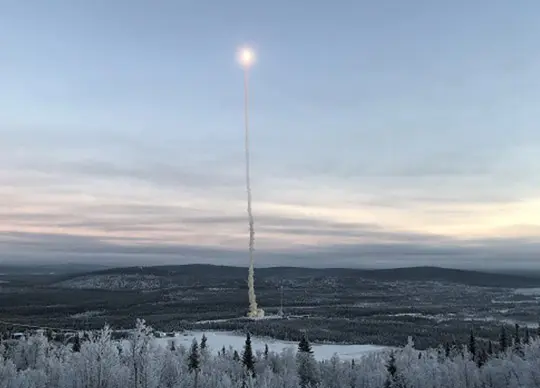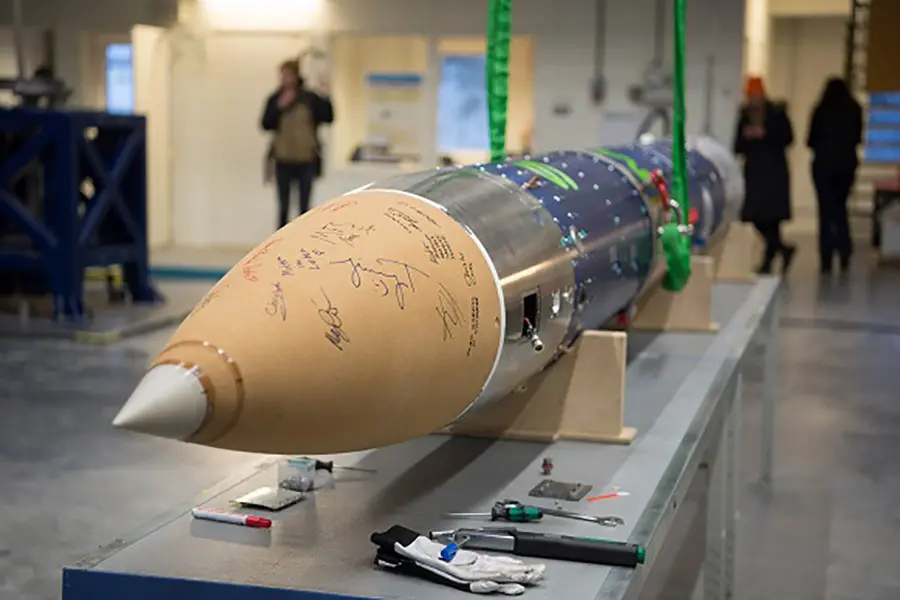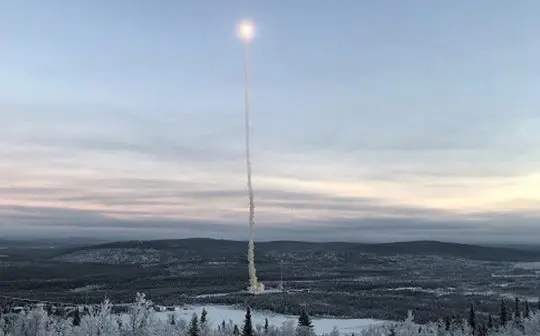
One of the most anticipated rocket launches of the year today took place at Esrange Space Center, above the Polar Circle in Northern Sweden, after two and a half years of preparation. 09:23 AM local time, SubOrbital Express 3 was launched to an altitude of 260 kilometers and six minutes of microgravity. Among the twelve payloads onboard were scientific experiments to investigate everything from stem cells for diabetes research, to particle research that will provide answers about the origin of planets.
“There are plenty of mechanisms that are easier to study in microgravity as gravity often has a strong influence on the research that we work with. This year’s SubOrbital Express campaign has a payload containing twelve experiments from a wide range of disciplines, which could potentially provide answers which are directly significant for life on Earth. It’s wonderful that Sweden and SSC can be part of such important research, says Stefan Krämer, program manager of the mission.
SubOrbital Express 3 is the fifteenth in a series of MASER, “Materials Science Experiment Rocket”, rockets launched from Esrange Space Center since this sounding rocket program started in 1987. ESA is the largest customer of the program, funding several of the experiments onboard.

NEUROBETA: A research team from Uppsala University in Sweden bring living stem cells and insulin-producing beta cells. By exposing these cells to microgravity, the researchers hope to come closer to a treatment for type-1 diabetes, by influencing beta cell proliferation and beta cell function for diabetes patients with stem cells.
ARLES: Through two separate experiments, researchers from the Belgian university ULB in Brussels will use two different liquid experiments to investigate how drops of different liquids behave during evaporation. Through the experiment, the researchers will focus on understanding how liquids can best be used to transfer heat and could help improve thermal control systems in Space.
CHIP: Researchers from University of Duisburg-Essen will investigate how electrically charged particles behave in Space in order to learn more about the origin of planets. Just recently, electrical charging has been proposed as motor of planet formation, and CHIP will give new insights into the structure of clusters formed by charge driven coagulation, the corresponding growth rate and the maximum size to be reached.
MINI-IRENE: This flight experiment, developed by a research team of CIRA, ALI Consortium and the University of Naples, will test the durability of an aero-breaker capsule which could potentially be used for atmospheric re-entry for various spacecraft in the future. The experiment will be separated from the rocket in Space, and the umbrella shaped capsule will allow, after the return into the atmosphere, for a stable flight and impact upon landing.
The other eight experiments share the space in a “rideshare module”. Among these are everything from research on the Panama disease, to experiments for measuring cosmic radiation built by Swedish high school students.





